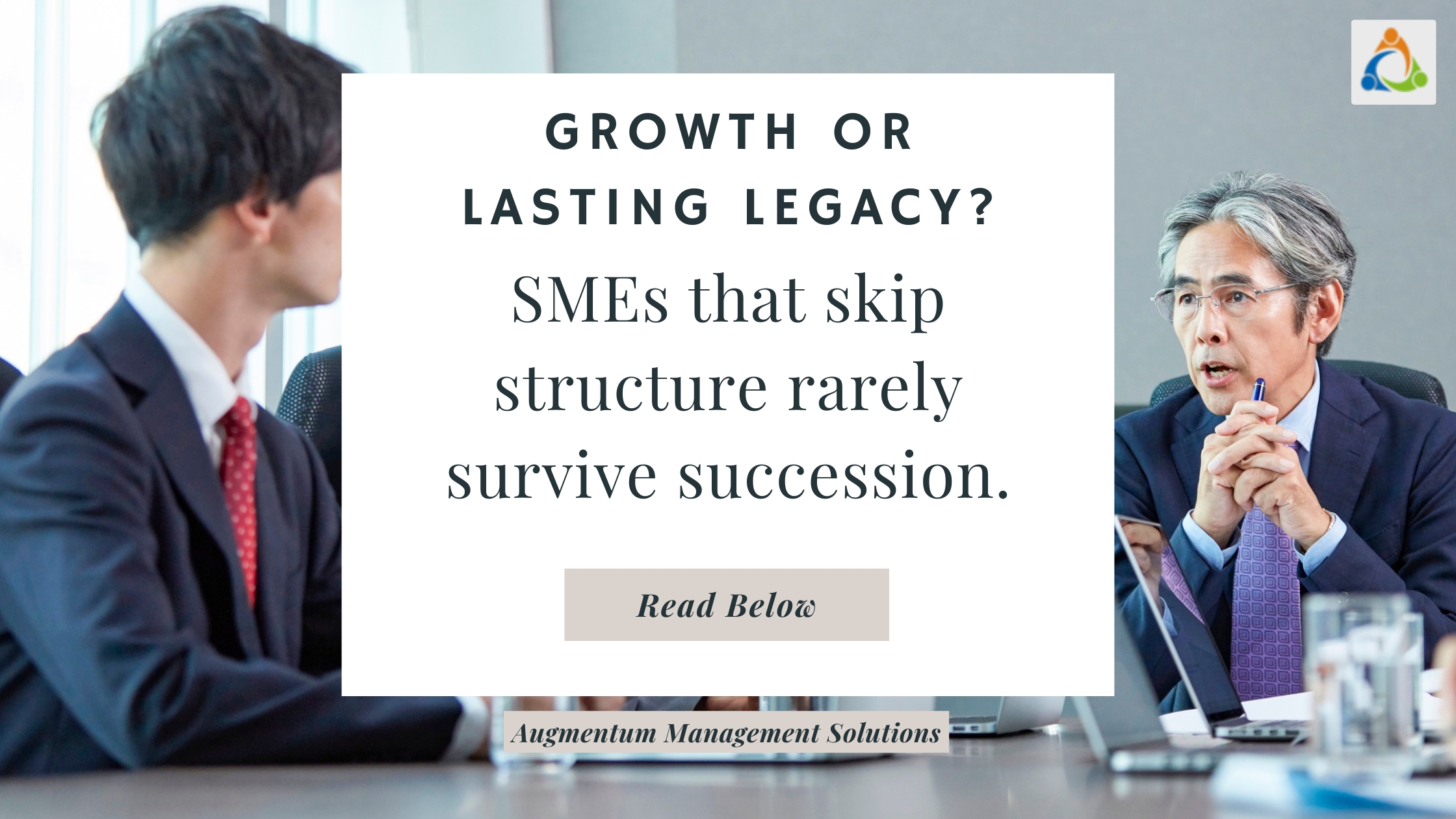Introduction
A prominent manufacturer of surgical equipment since 1980, the organization thrived on its core values of commitment, relationships, and people-first philosophy. Starting with just 10 employees, they grew to 150 over 30 years, largely driven by the leadership of family members. As the business evolved, work began shifting to middle management, paving the way for succession planning and business growth.
Scenario
The company aimed to expand by appointing a CEO after three years of strategy formulation. They onboarded an experienced Indian executive who had spent two decades in a UK multinational, excelling at various levels. Initially, the CEO integrated seamlessly, earning management’s trust. However, as he assumed full operational control, challenges emerged. Customer complaints surged, employee turnover increased, and the organization’s reputation took a hit within six months. The core issue identified was a cultural disconnect. While the CEO excelled in structured corporate environments, his rigid approach and lack of human connection negatively impacted employee morale, customer relationships, and operational harmony.
Findings
Through detailed analysis and 360-degree reviews, several challenges were identified:
- Partial empowerment of the CEO caused operational inefficiencies.
- The CEO’s execution style lacked emotional intelligence, alienating employees and managers.
- Synergy between organizational levels was weak.
- Hasty decisions on critical customer issues created disruptions.
- Processes were misaligned, catering to individual preferences over organizational goals.
Solution Implemented
To address the cultural transformation, the following strategies were implemented:
- Inclusive Team Formation:s : Management formed a task force to bridge the gap between the CEO and employees.
- Employee Reassurance : Clear communication assured employees that challenges were being addressed proactively.
- Change Communication : The transformation agenda was publicly announced to reinforce transparency.
- Activity Monitoring : A senior management member was tasked with observing the CEO’s decisions to minimize risks.
- Damage Contro :.Damage Control: oImmediate steps were taken to repair customer relationships and mitigate losses.
- CEO Coaching : Weekly joint sessions with the CEO and managers highlighted cultural nuances and their impact. Constructive feedback was shared to realign the CEO’s approach.
- Gradual Empowerment : The CEO was systematically entrusted with responsibilities to ensure confidence and alignment..

Outcome
- Improved synergy across all organizational levels.
- Enhanced revenue growth and customer satisfaction.
- Strengthened trust in the CEO’s leadership.
- The management successfully redirected its focus toward a new joint venture.
Conclusion
Cultural transformation requires a blend of constructive behaviors, strategic actions, and team collaboration. This case highlights the importance of persistence in aligning leadership styles with organizational values to foster growth. Through structured efforts, the organization achieved a seamless transition, setting the stage for sustained business expansion.




